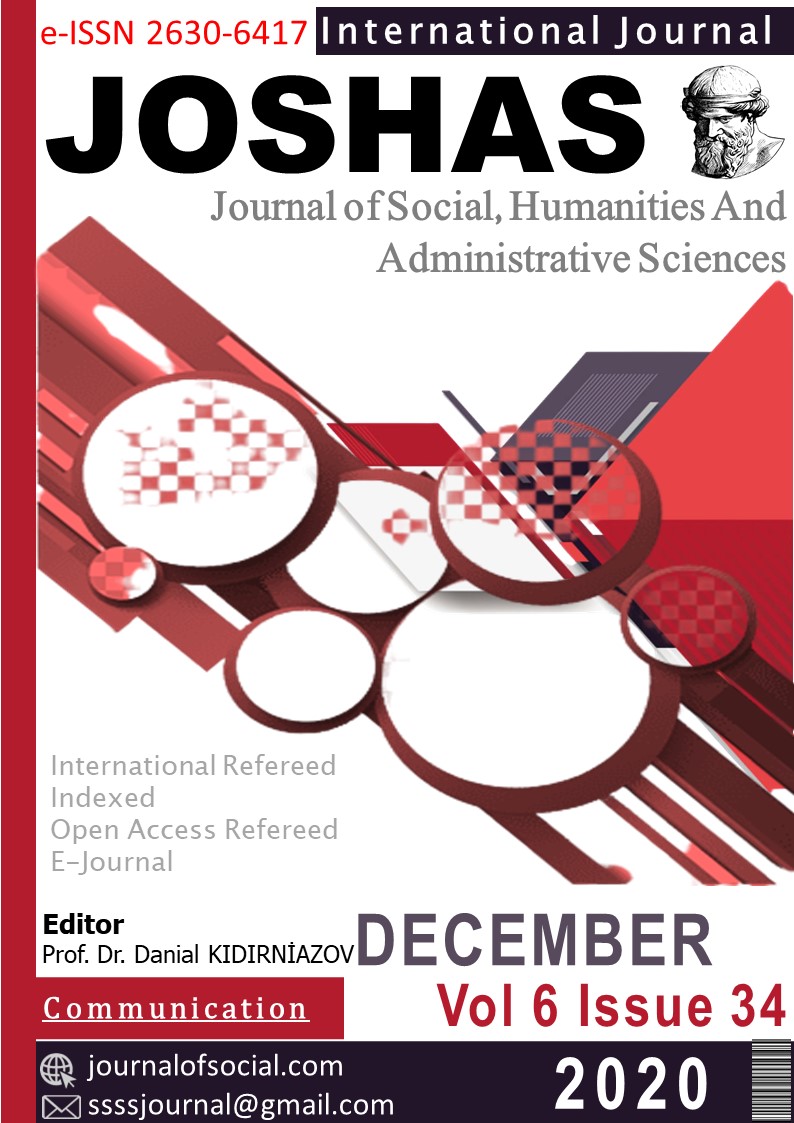Author :
Abstract
Evrenin varoluşundan bugüne kadar bir insan ya da herhangi bir canlı için ölüm, yaşamın kaçınılmaz bir parçası olmuştur. Tarih boyunca insanoğlu ölüm olgusunu algılamaya ve anlamlandırmaya çalışmıştır. İçinde bulunulan toplumun sosyo-kültürel yapısına bağlı olarak ölümün gerçekleşme şekilleri farklı olabildiği gibi, toplum tarafından ölümün algılanış ve ifade ediliş biçimleri de farklılıklar göstermiştir. Kimi inanışlara göre “ölüm” canın bedenden ayrılmasını, yaşamsal faaliyetlerin bitmesini ve mutlak sonu ifade ederken, kimi inanışlara göre ise gerçek ve sonsuz bir yaşamın başlangıcını ifade etmiştir. Antik çağlardan beri bir gün mutlaka öleceği gerçeğinden kaçamayan insan, bu durumu kabullenmek ve günlük yaşantısına devam edebilmek için ölümden sonra yaşam olduğu inancına tutunmuştur. Bu inanç zaman içerisinde farklı kültürlerde ve Budizm, Hristiyanlık, Musevilik ve İslamiyet gibi farklı dinlerde değişerek varlığını sürdürmüştür. 19. yüzyılda Muhammed Yusuf Beyânî (1840-1923) tarafından yazılan Orta Asya Türk tarih yazıcılığının en önemli örneklerinden biri olan Şecere-i Harezmşâhî’de Harezm Hanlığının kuruluşu ve sonrasında yaşanan askerî, siyasi, kültürel, toplumsal olaylar, hanların taht mücadeleleri, seferleri, savaşları ve hayatları anlatılmıştır. Şecere-i Harezmşâhî Harezm’de 17. yüzyılın sonları ile 20. yüzyıl başlarına kadar gerçekleşen tarihî olayları tüm ayrıntıları ile anlatması bakımından önemli bir hükümdar soyağacı ve tarih kitabı olmuştur. Bu çalışmada Şecere-i Harezmşâhî’nin ortaya çıktığı Hive (Harezm) Hanlığı hakkında kısaca bilgi verilmiştir. Daha sonra ise çalışmamızın temelini oluşturan Şecere-i Harezmşâhî metnindeki “ölüm” kavramı üzerinden ölümün gerçekleşme şekilleri ve “ölüm” için kullanılan ifadeler açıklanmaya çalışılmıştır.
Keywords
Abstract
The death has been an inevitable part of life for a person or any living being from the existence of the universe to present. Throughout the history, human beings have tried to understand and to interpreted the consept of death. As the ways of death may be different depending on the socio-culturel structure of the society, the perception and expression of death by the society has indicated differences. According to some beliefs, the death has expressed leaving of the soul from the body, end of the vital activities, absolute end, for some beliefs it has expressed the beginning of a real and eternal life. From the ancient times, the person who can not escape from the fact that he will die one day has beleived living after death to accept the stuation and to be able to continue daily life. This belief has survived by changing in different cultures and in different religions such as Buddhism, Christianity, Judaism and Islam. The foundation of the Khwarezm Khanate and historical events such as military, political, cultural, social events happened thereafter, throne struggles, military expeditions, wars were told in Secere-i Harezmsahi, which is written by Muhammed Yusuf Beyani (1840-1923) in the 19th century, one of the most important examples of Central Asian Turkish historiography. Secere-i Harezmsahi has been an important emperor pedigree and chronical in term of describing the historical events that took place in the Khwarezm from the end of the 17th to the beginnig of the 20th century with all its details. In this study, brief information is given about Khiva (Khwarezm) Khanate where Secere-i Harezmsahi emerged. Afterwards, the ways of death and expressions used for the consept of death are explained in the text of Secere-i Harezmsahi, which forms are basis of our work.
